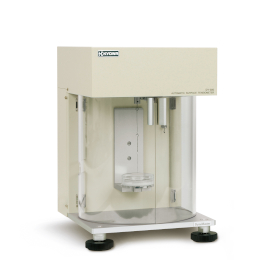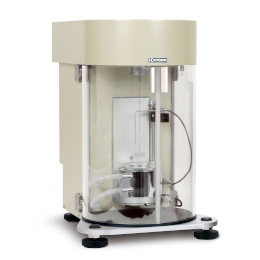Surface Tensiometers
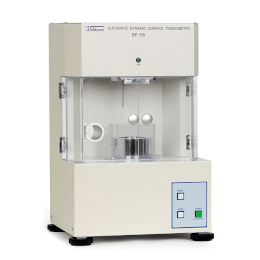
BP-D5
Bubble pressure tensiometer
Measurement of the surface tension of liquids
The liquid surface tension is the characteristic of liquids to minimize their surface to the smallest possible area, which would result in a perfectly spherical shape. Measuring surface tension allows characterizing different properties like wettability, permeability, solubility, foamability, emulsifiability, dispersibility, etc. The different methods to determine the surface tension are as follows:
 Wilhelmy Plate Method
Wilhelmy Plate Method
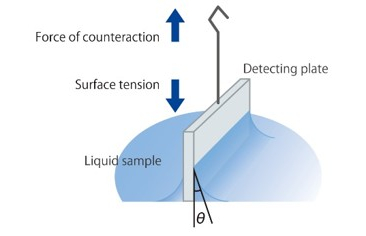
A balance system measures the force
of the liquid pulling on the plate
Du Noüy Ring Method
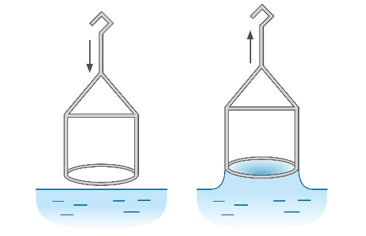
A balance system measures the force
of the liquid pulling on the ring
Pendant Drop Methods
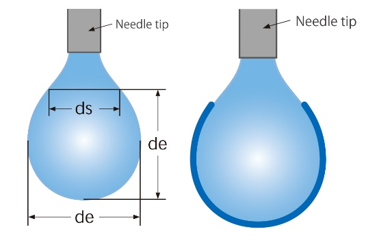
A software analyzes a digital image of
a droplet suspended from a needle tip
Bubble Pressure Method
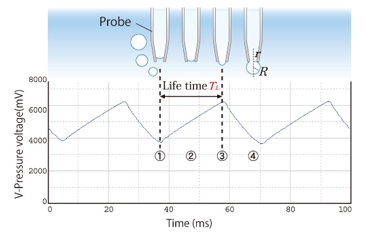
Determination of the maximum internal pressure of
an air bubble formed in a probe immersed in a liquid
Dynamic Surface Tension
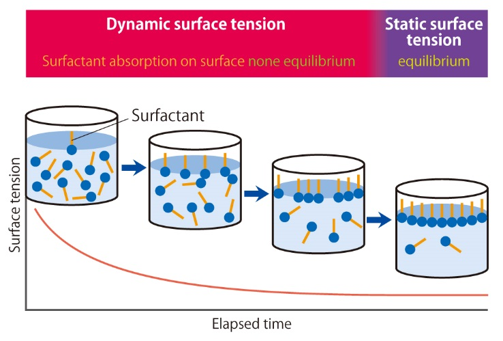
Surfactants have the ability to lower surface or interfacial tensions over time with the molecules being absorbed to the newly created surface or interface. During the time span from a newly created surface until an equilibrium value of surface tension is reached, the Dynamic Surface Tension can be measured. While at equilibrium state of the liquid the Static Surface Tension can be measured. Detergents and solutions for coating purposes are being used in processes where new surfaces or interfaces are constantly being created, thus the determination of the Dynamic Surface Tension is of high importance.


